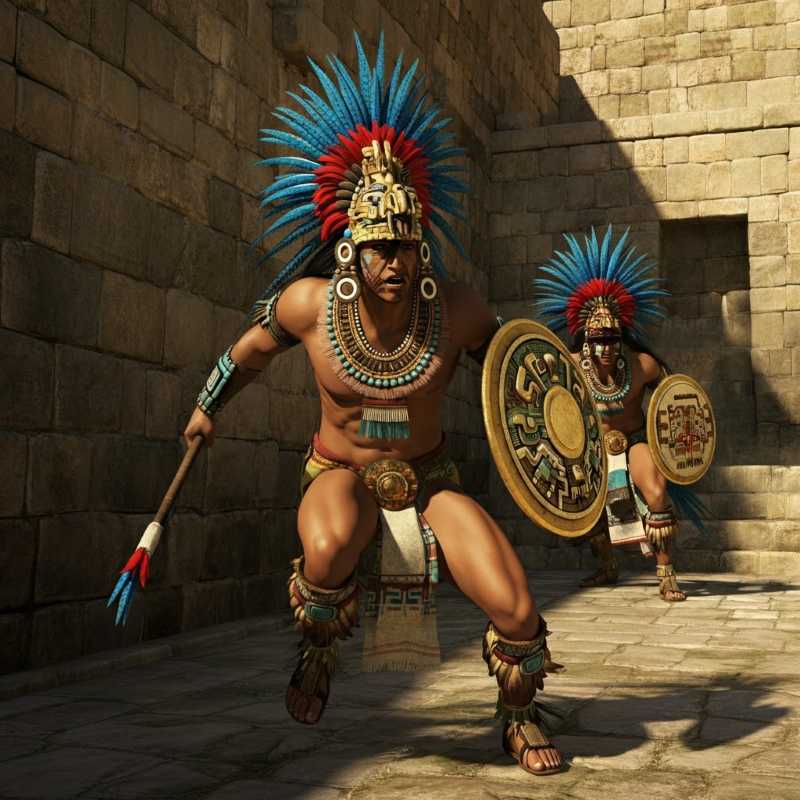How Ancient Mexicans Played Ball with a Side of Sacrifice
The Aztecs had a twisted sense of sport. Their ball games, tlachtli and ullamaliztli, were not just games but often death sentences. Players, often prisoners or slaves, fought for their lives in brutal matches. The losing side faced sacrifice to the gods.

When we think of gladiators, our minds tend to wander off to Rome—the Colosseum packed to the rafters, lions roaring, and chaps in sandals slicing each other up with tridents and nets. It’s all terribly glamorous in a gruesome, not-for-the-squeamish kind of way. But you may be surprised to learn that, far away from the grandeur of ancient Rome, something astonishingly similar was happening in Mexico long before Columbus thought, “Hang on, what if I just keep sailing?”
It’s the 14th century, and in the bustling cities of the Aztec Empire—places like Tenochtitlán (which was essentially the Manhattan of its day)—the locals weren’t just carving pyramids and eating chocolate. They were indulging in their own brand of sport that could give the Romans a run for their money. Enter the tlachtli, a ballgame that was as much about athletic prowess as it was about theatrical, and occasionally bloody, spectacle.




